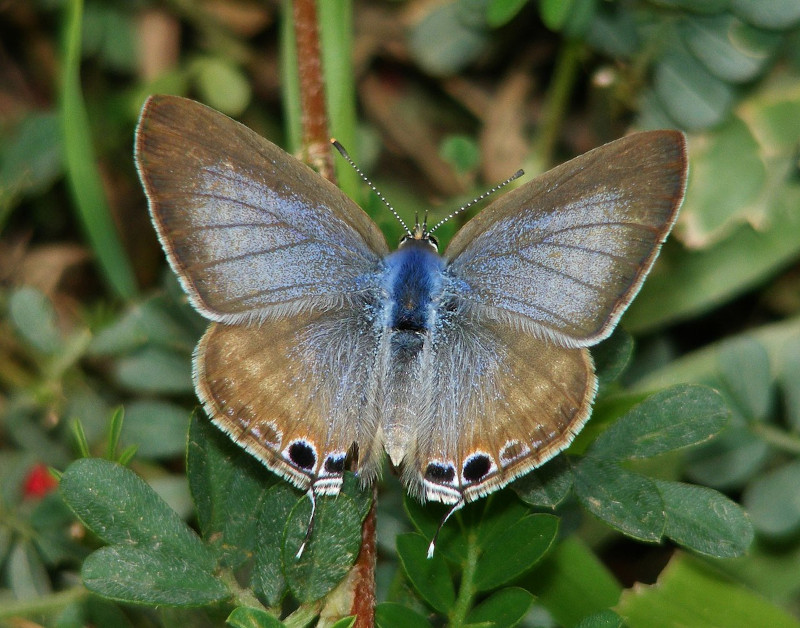
Pea Blue Facts
- When people speak of this stunning creation of Nature and evolution, the title most often applied to it is the short one of Pea Blue. The gorgeous insect also has another, though less often used general name, though. That’s the somewhat descriptive term of long-tailed blue.
- Inside of the scientific community, however, it’s perhaps usually better known by its purely technical label. Thankfully, as such monikers generally go, it’s a relatively simple one for the layperson to pronounce. That’s because it holds the formal designation of Lampides boeticus.
- The beautiful Lepidoptera received that short appellation due to the efforts of Carl Linnaeus. The imminently respected Swedish zoologist accomplished the first recognition of it as a separate and distinct species. He managed that scientifically noteworthy feat in the year 1767.
- Pleasantly, the magnificent Pea Blue appears to be maintaining a population base that’s both stable and sufficient. That uncommon situation further seems to hold true across the entirety of its known range. The IUCN thus currently lists it as Least Concern on its Red List.
- The marvel of Nature and evolution should nevertheless be considered as facing several potential threats to its continued existence as a species, at least. Most of these stem from the actions of mankind. They include the related perils of habitat loss and ongoing climate change.
Related Articles
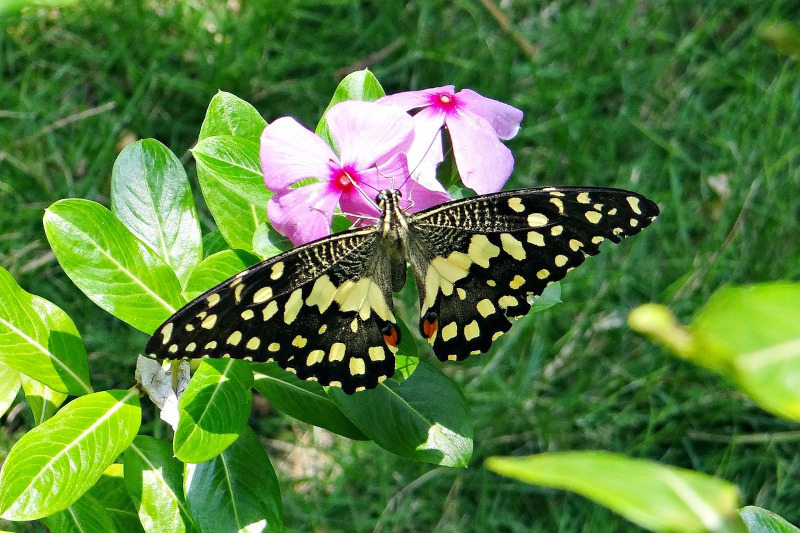
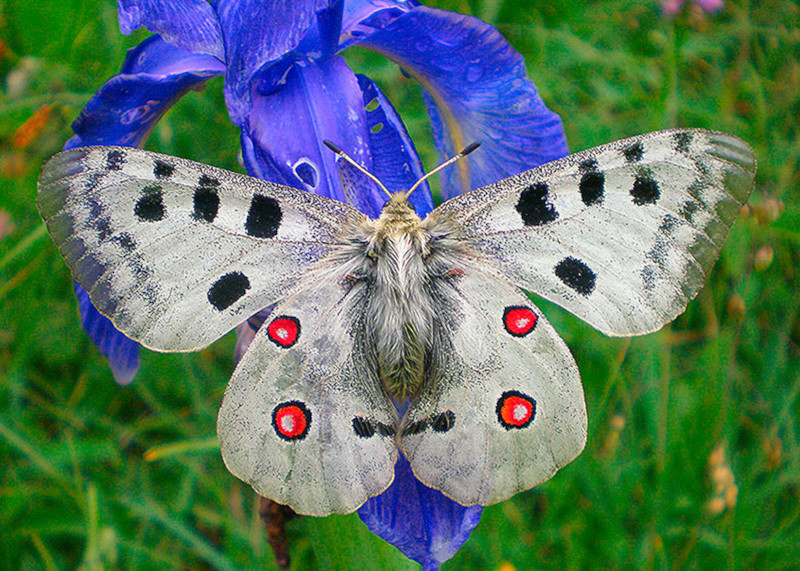
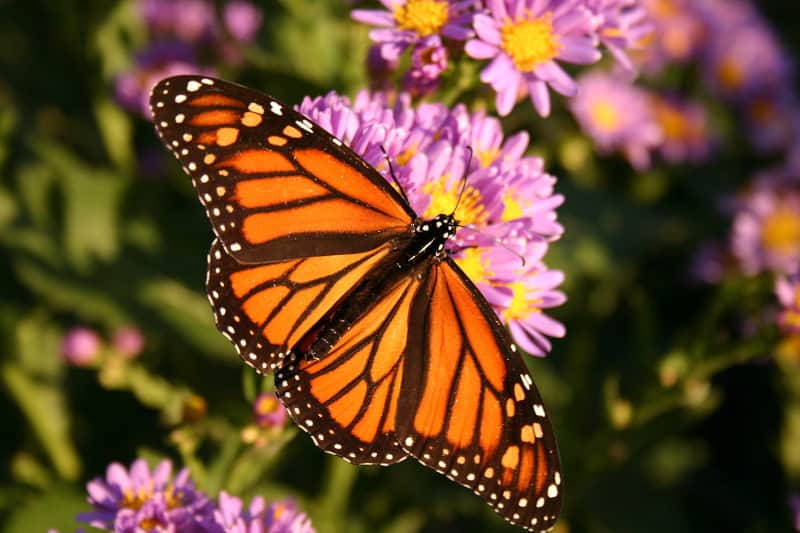
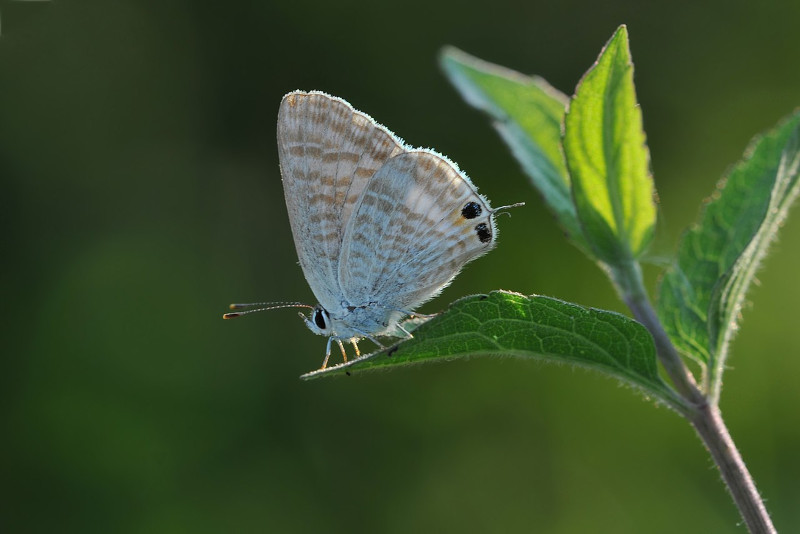
Pea Blue Physical Description
The delicate wonder known as the Pea Blue typically charms those people fortunate enough to notice the stunning wonder. Unlike some of its relatives, however, it does not do so due to sheer size. That’s true since, though large for its kind, it nonetheless remains a physically small butterfly.
It additionally follows a pattern common to most of those numerous relations, and indeed, all known butterflies. That’s in the fact that it displays a certain degree of the physiolgical characteristic of sexual dimorphism. In its case, though, this trait manifests itself in size and appearance.
In terms of dimensions, the difference remains quite minor, however. Males of the amazing species attain an average wingspan measuring between 0.94 – 1.26 in (2.4 – 3.2 cm). Females, however, reach a very slightly greater mean wingspan. For them, this averages 0.94 – 1.33 in (2.4 – 3.4 cm).
Given these tiny measurements, it’s no particular surprise then that the body evolved as quite small itself. It develops as short and slender in construction. Its length achieves a mean equaling only 0.39 – 0.47 in (1.0 – 1.2 cm). The upper side shows dark brown, while the lower presents as whitish.
It’s the delicate wings of the tiny Arthropod that generally garner the most appreciation from observers, though. This is also the second manner in which it displays the gender-based difference. The two sexes present separate patterns of color, though again, the difference remains quite minor.
Among males of the Pea Blue, the upper side of both beautiful wings typically presents a basic overall background pattern consisting of random shades of bluish-violet. The edges of these, though, most often display varying shades of brown. Two black spots also adorn each hindwing.
The females of the species, meanwhile, show a somewhat different color scheme. That’s because, for her, the majority of the upper side of both wings usually displays shades of brown. She also shows some bluish-violet, but this feature only appears as small spots on each of her rear wings.
Yet, both genders of this lovely insect show the same color pattern below. That consists of a principally ocher background, with smaller white markings. Males and females alike also have one more highly defining natural feature. That’s the remarkable presence of a relatively long, thin tail.
- Kingdom: Animalia
- Phylum: Arthropoda
- Class: Insecta
- Order: Lepidoptera
- Family: Lycaenidae
- Genus: Lampides
- Species: L. boeticus
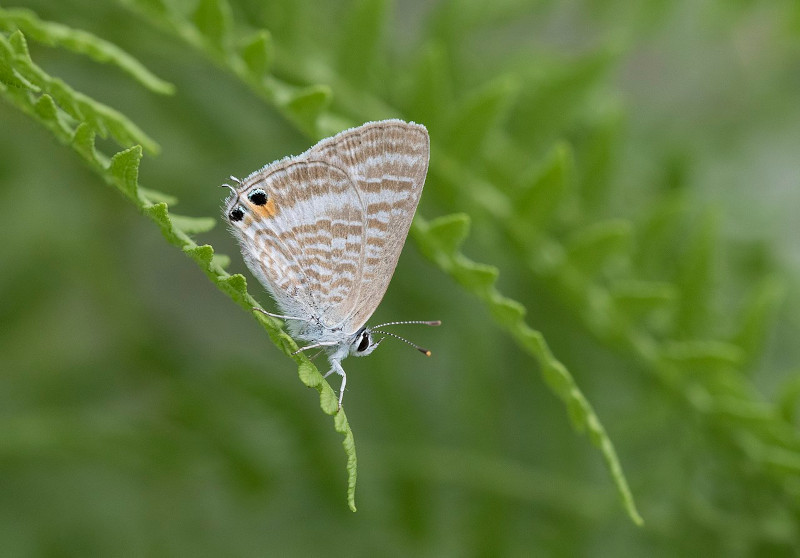
Pea Blue Distribution, Habitat, and Ecology
The astounding Pea Blue evolved as endemic to an extraordinarily broad swathe of the surface of the earth. The full extent of that expansive zone of habitation might surprise some people, though. It developed as endemic to large sections of Europe, Africa, Australia, and most of Asia.
Within the borders of Asia, however, this amazing invertebrate mostly dwells in either south or southeast portions of the region. Interestingly, it also lives in the Hawaiian Islands. Though unconfirmed with any certainty, it’s presumed it arrived there via the actions of man at some point.
Yet, wherever this wonder of Nature lives, the lovely insect follows the same basic patterns of behavior. Like most of its many kindred around the globe, this marvel of Nature evolved decidedly strong preferences regarding its choice of habitat. This characteristic does limit its choices, though.
Individuals of this species almost exclusively inhabit the same types of ecosystems. These usually consist of regions such as the edges of forests, mountain meadows, and very similar areas with a hot climate and numerous flowers. It also lives at heights reaching up to 8,900 ft (2,700 m).
Impressively, the diminutive yet captivating Pea Blue sometimes produces as many as three generations within the span of a single year. The adults of the species most frequently fly between February to early November. During that period, they often migrate from location to location.
Following mating, the females generally lay their eggs individually, placing them on the surface of flower buds of common host plants. These eggs each usually show white, with a greenish tinge, and have a disc-shaped structure. Each is tiny, averaging only about 0.02 in (0.5 mm) in diameter.
Once hatched, the larvae feed voraciously, which is typical of their kind. To the knowledge of science, they also feed exclusively on the seeds, pods, and flowers of plants in the pea Family, thus the common name. Like their countless relatives, the adults of the beautiful species eat nectar.
Species Sharing Its Range
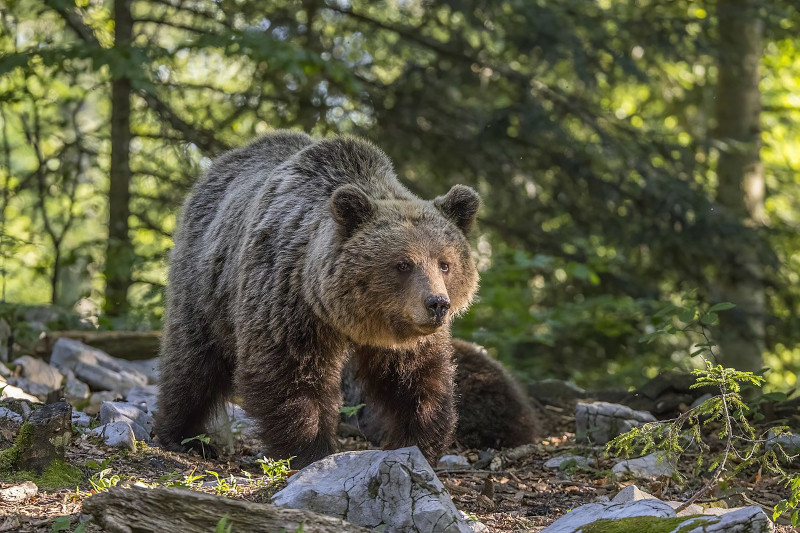
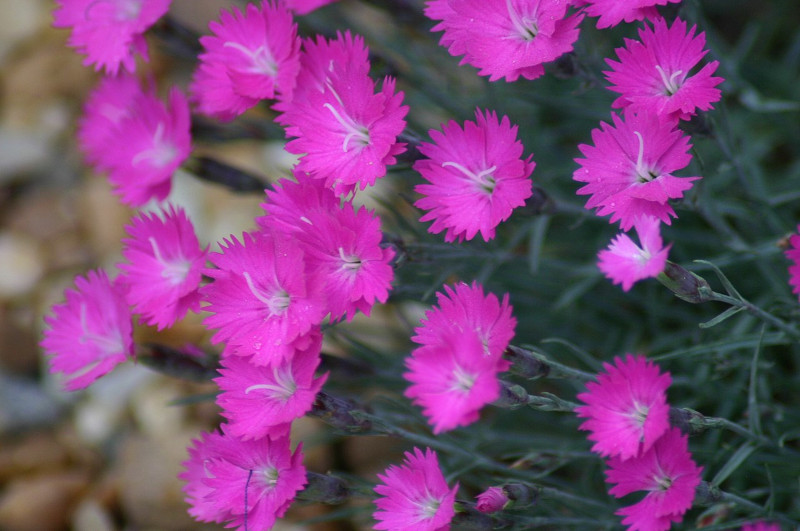
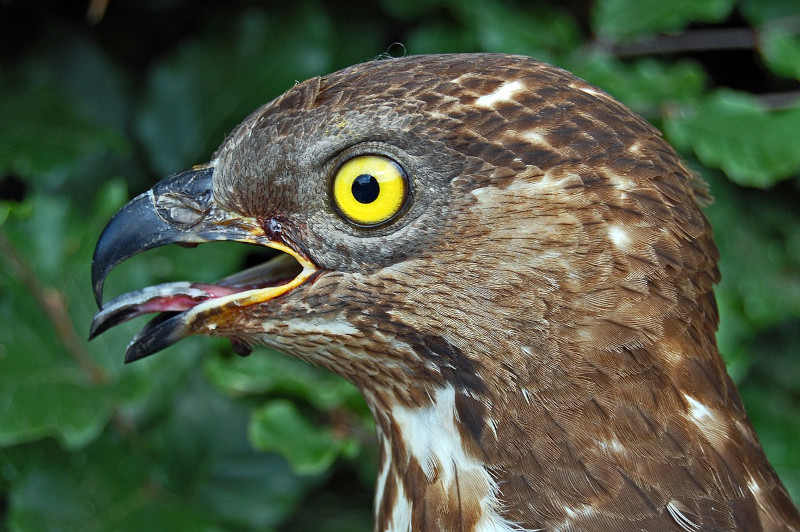
Check out our other articles on 4 Stunning Bering Sea Species, Marbled Polecat, Lake Atitlan, Great Barracuda, Southern Darwin’s Frog, Indian Vulture, Alligator Snapping Turtle









Leave a Reply